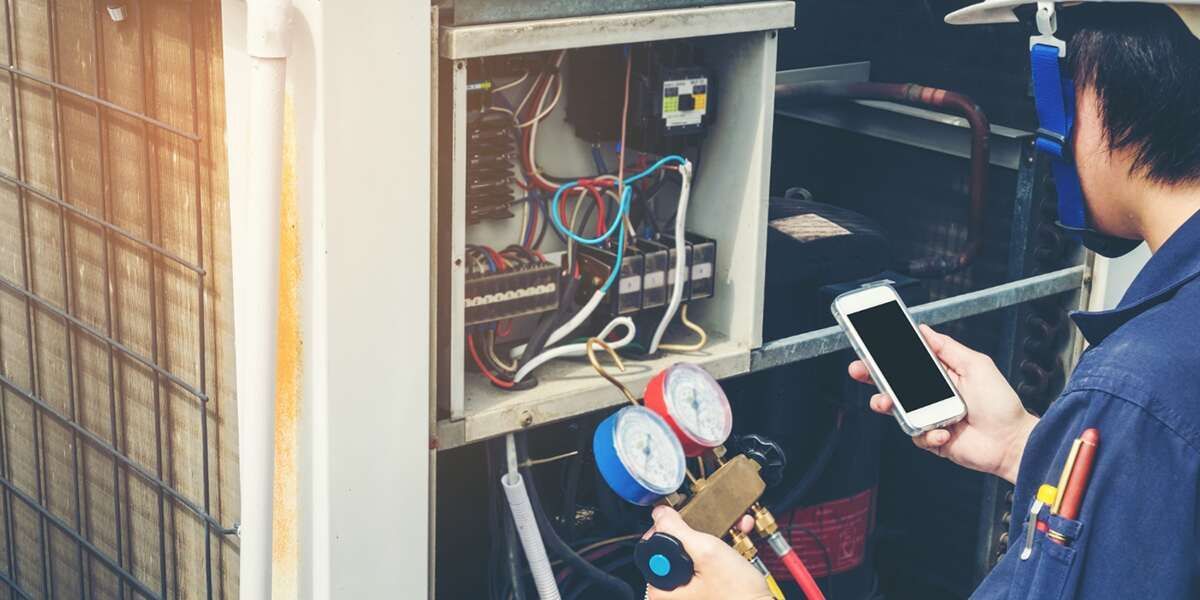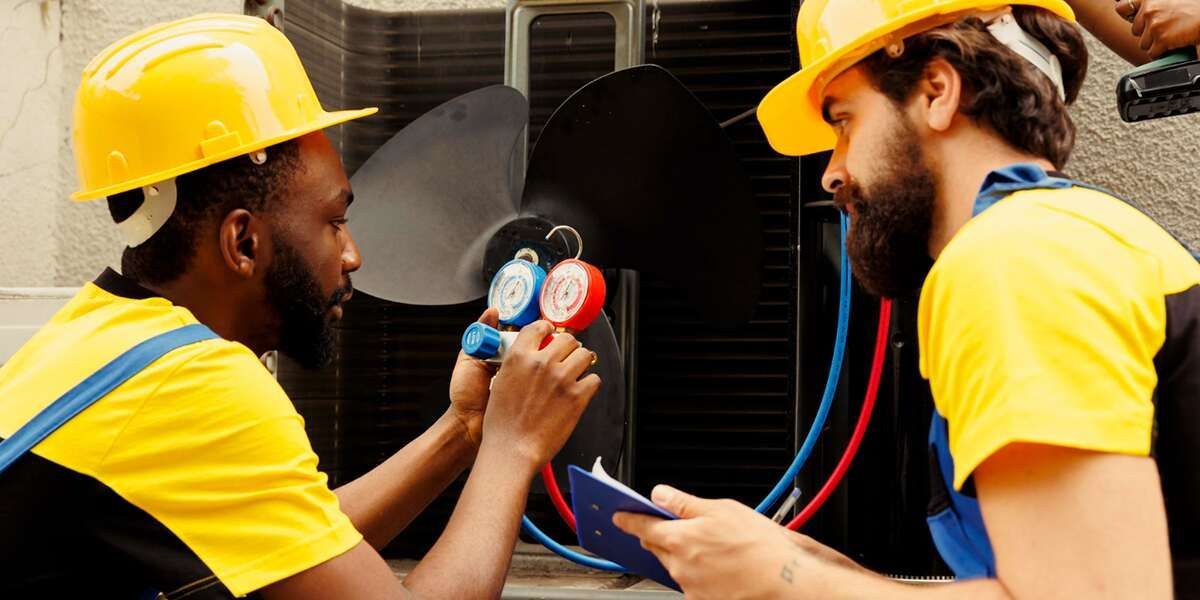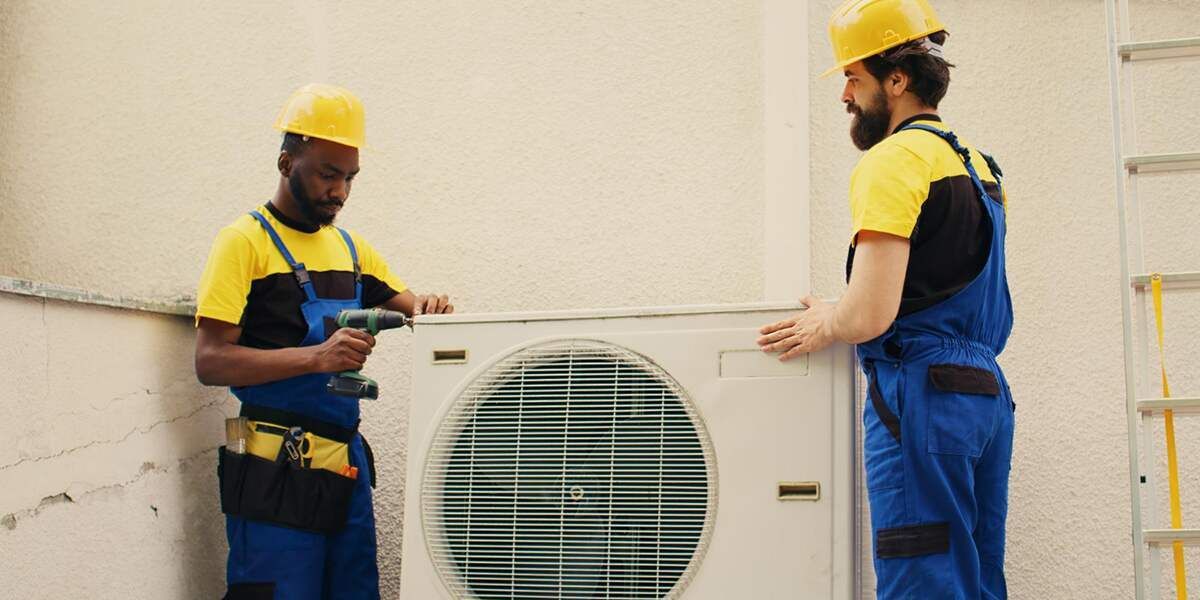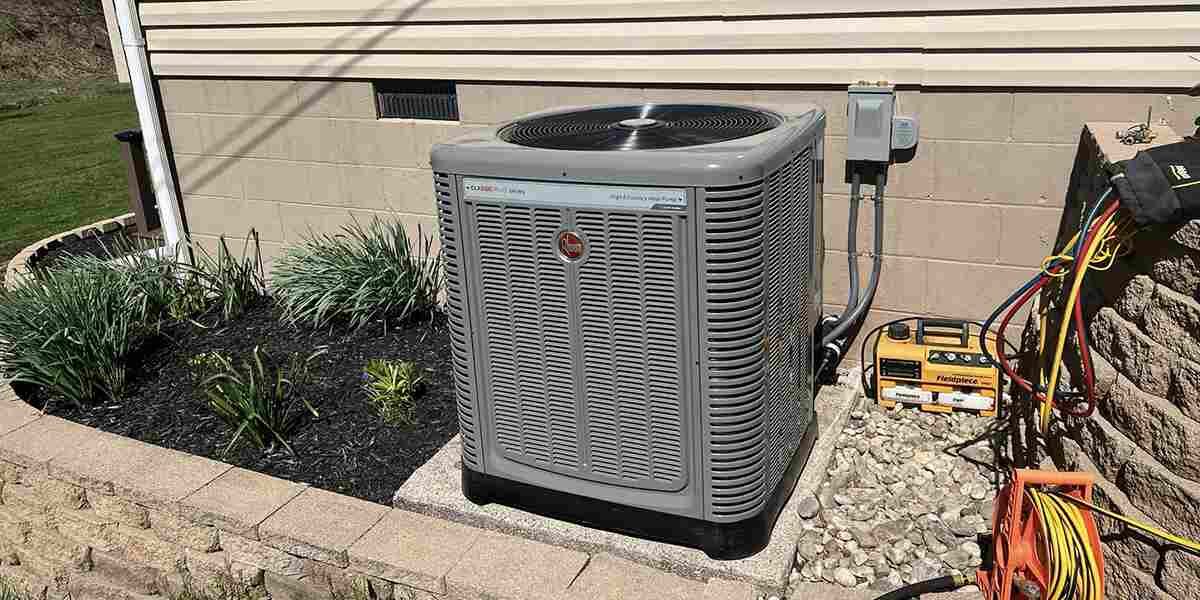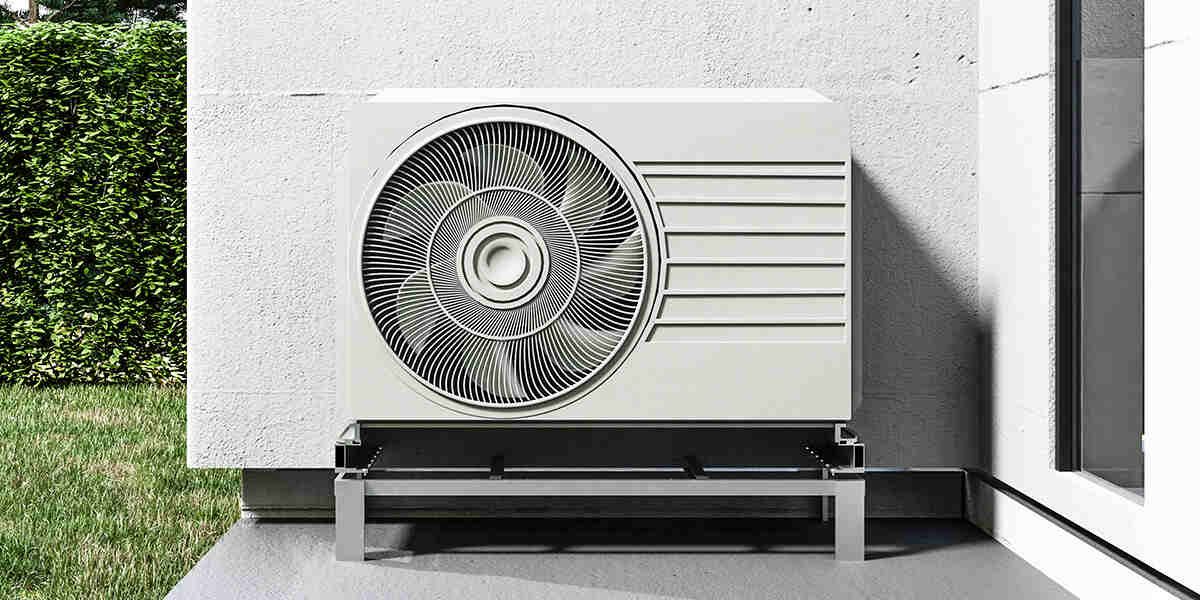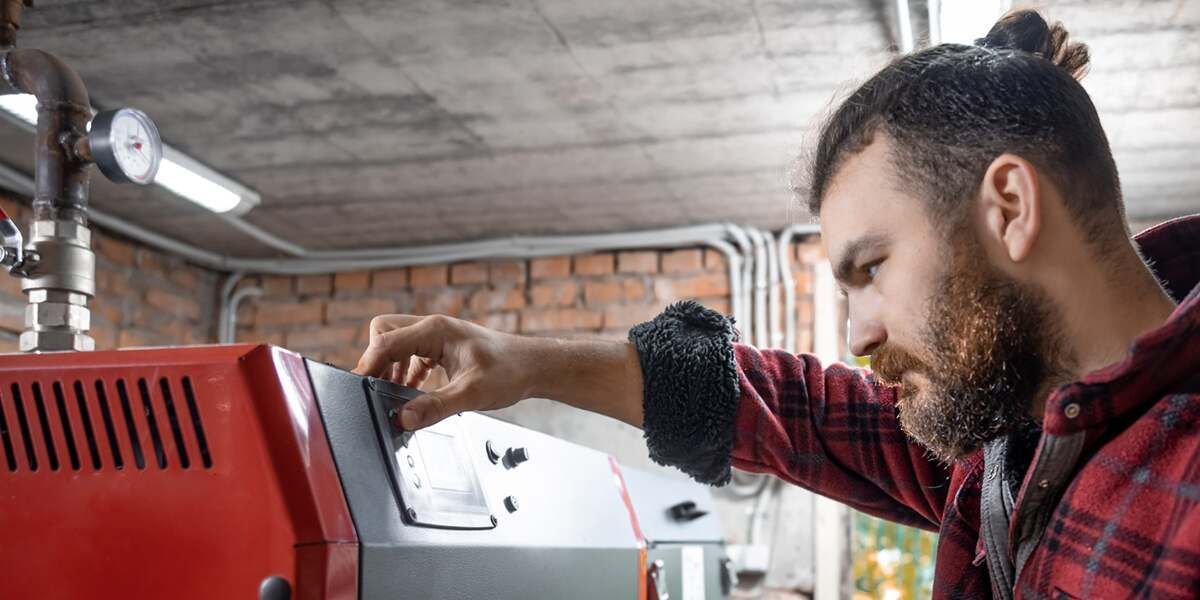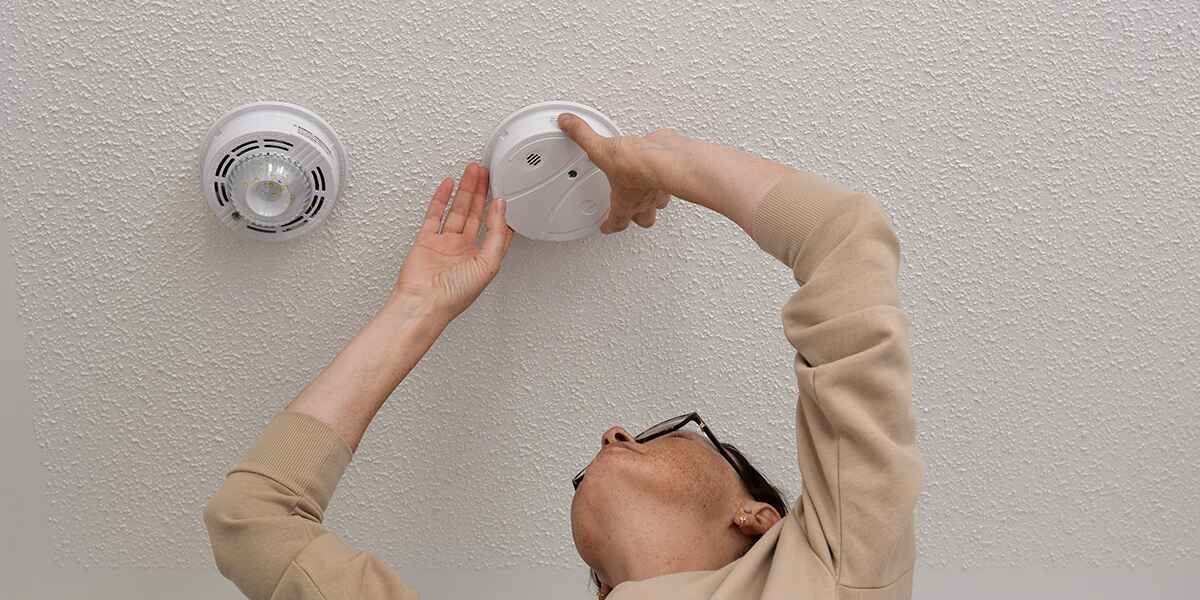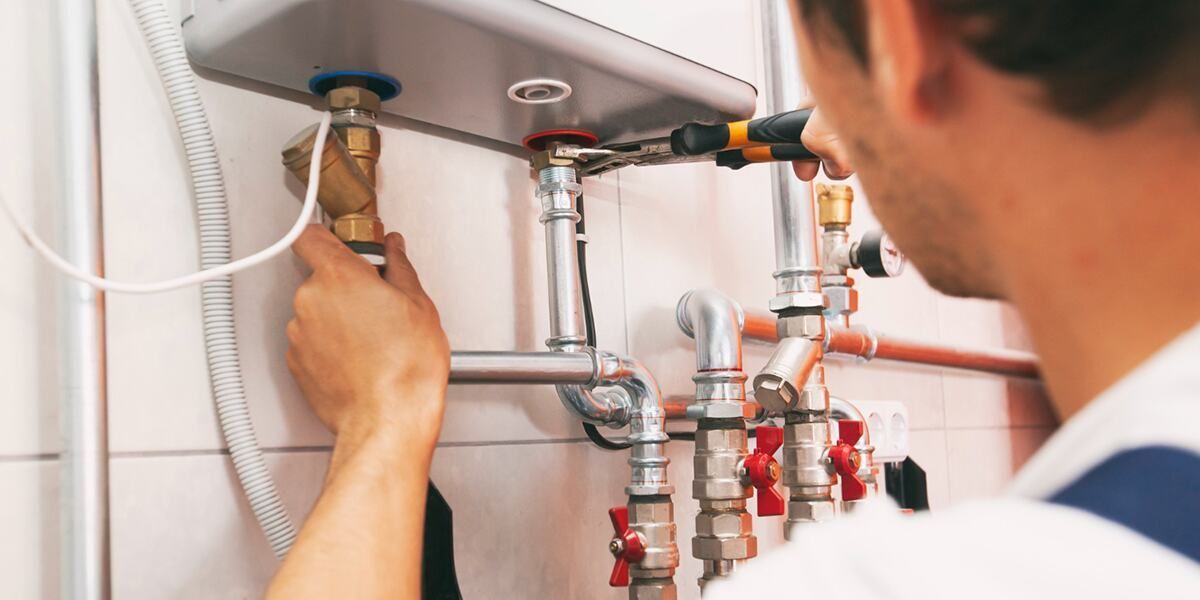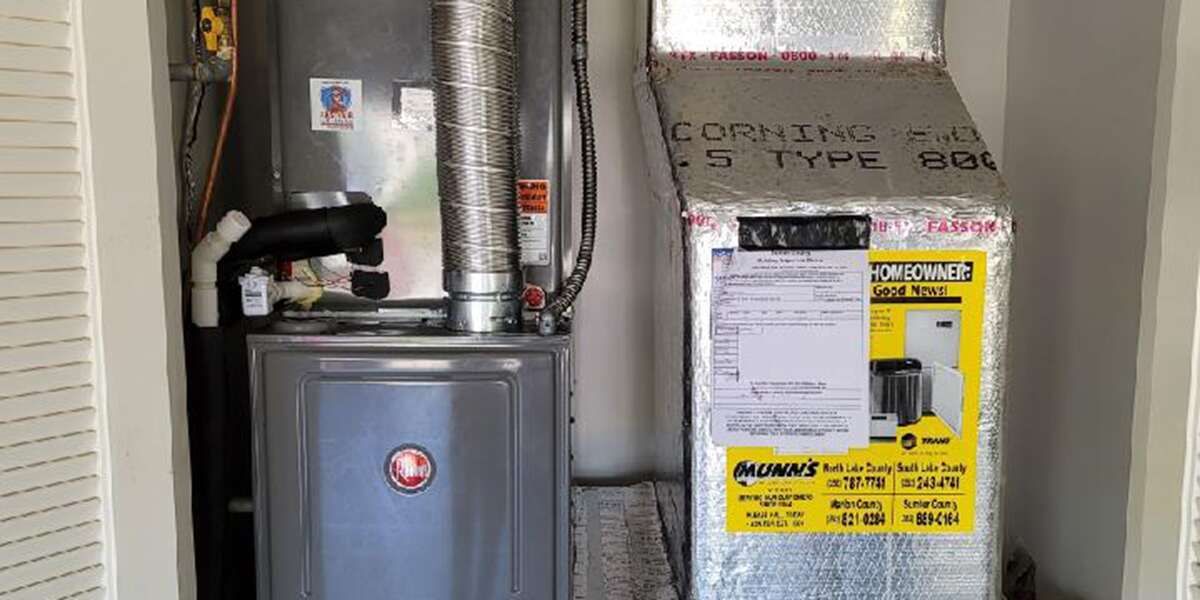EMERGENCY SERVICE AVAILABLE
What Are the Signs of Poor Indoor Air Quality?
Do you need to conduct a test for indoor air quality? Call Fast Air Repair at 352-290-7968 for fast and efficient services.
According to the United States Environmental Protection Agency (EPA), your indoor space probably has two to five times more contaminants than the air outside. This alarming statistic should give you pause.
Considering you spend up to 90% of your time indoors, you can understand why paying more attention to indoor air quality would be a wise decision. Ocala’s trusted air conditioning service looks at the top signs of poor indoor air quality in this article, ways of testing the air in your home, and what to do about it.
A Rise in Triggers for Respiratory Conditions
Do you have people with respiratory conditions, like asthma, in your home? A sudden rise in the frequency of asthma attacks is one of the surest signs of a rise in indoor air pollution.
Some known triggers for asthma and other respiratory conditions include sawdust from construction, hair, dust mites, pet dander, and pollen. If you have any of these triggers in your home, you should urgently explore ways to improve indoor air quality. If you're unsure, it doesn't hurt to schedule a professional inspection.
Persistent Cold Symptoms
One of the common signs of poor indoor air quality is a collection of flu-like symptoms that never seem to go away completely. These symptoms may include sneezing, coughing, nausea, dizziness, and irritation in parts of the throat, nose, and eyes.
If your “cold” symptoms last longer than a week or two, you’re likely dealing with more than a virus. This is especially true if you feel better at work or outside than at home. Don't just assume it's because you're tired; there may be a more external reason.
Inexplicable Skin Rashes
Do you have unexplained skin rashes that always seem to return as soon as you drop the recommended topical treatment? Your skin may be reacting to some contaminants in your home. For some people, it’s pollen. For others, it’s mold spores. Either way, you must consider evaluating your indoor air.
Difficulty Sleeping
Indoor pollution can make getting your full recommended eight hours of sleep more difficult. Studies have found that air pollution can make sleeping more difficult 60% of the time.
If you struggle to sleep well and can’t pinpoint the cause, you should evaluate your indoor air quality.
Accumulation of Dust
Are the air vents around your home dusty? Does the air filter for your HVAC system look clogged just weeks after replacing it? Dust buildup is one of the clearest signs of poor indoor air quality. First, you should change to a more advanced filter to handle your home’s pollution level.
Next, consider working with an HVAC expert to determine how to improve circulation and keep out dust. Recommendations may involve opening new windows or closing existing ones, installing a new type of window treatment, installing fans, and more.
Unpleasant Odors
An unpleasant odor inside the home is one of the clearest signs of stagnant air. The source of the smell could be anything from pet waste to leftover food. Instead of trying to mask the smell with scented candles or diffusers, you should explore ways to ensure better ventilation.
Granted, improving indoor air quality can’t do much if your indoor space is not clean. If your indoor space is largely clean, but you can’t seem to get it to smell fresh, you must address your indoor air quality.
Onset of Chronic Obstructive Pulmonary Disease (COPD)
COPD is one of the conditions that can arise in individuals who inhale indoor air pollutants for too long. It’s a disease similar to asthma because it causes shortness of breath, wheezing, and chest tightness.
However, it may also cause swelling in the lower limbs, weight loss, and other respiratory conditions. The symptoms of COPD will vary from one patient to the other, but sensitivity to polluted indoor air is a common denominator.
Be sure to meet with your doctor if you believe you (or a family member) may have COPD. Improving indoor air quality alone may not be enough to reduce the effect of the symptoms you’re experiencing.
Mold Growth
Can you spot mold growth around your indoor space? It’s one of the biggest signs of poor indoor air quality. Mold spreads quickly and can ruin the aesthetic appeal of any indoor space over a short period.
Beyond the cosmetic side of things, mold is bad for your health. Therefore, it’s not a good idea to ignore it. You should immediately seek the services of a mold remediation company to stop the mold in its tracks, then work with your HVAC technician to sort the indoor air quality issues that encouraged the growth.
Temperature Swings in Different Parts of the Home
Do you experience hot and cold spots across your home when your furnace or air conditioner is working? This is a sure sign air isn’t circulating as well as it should throughout your home.
Common causes of this problem include using HVAC equipment that’s too small for your space, clogged air ducts, and using poorly maintained HVAC systems. If an area is not as cold or hot as other parts of your home, it will likely have more contaminants.
Book an Appointment With Your Local Indoor Air Quality Experts
If you’ve noticed any of the above signs of poor indoor air quality, that’s your cue to get in touch with experienced professionals to discuss how to improve the air you’re breathing 90% of the time.
At Fast Air Repair, our experienced technicians can run comprehensive indoor air quality tests to tell you what you’re missing, what you can do to improve your air quality significantly, and how to maintain crisp, clean indoor air at all times.
Improving indoor air quality goes beyond buying a humidifier or repairing an inefficient air conditioning system. Call Fast Air Repair today at 352-290-7968 to schedule your appointment.
Contact us for Service
Footer - Website Lead
We will get back to you as soon as possible.
Please try again later.
For emergency service, to get a free quote, or if you have questions or special requests, just drop us a line. We Look forward to serving you!
Hours Of Operation
- Mon - Sun
- Open 24 Hours
Emergency Service Available
All Rights Reserved | Fast Air Repair



